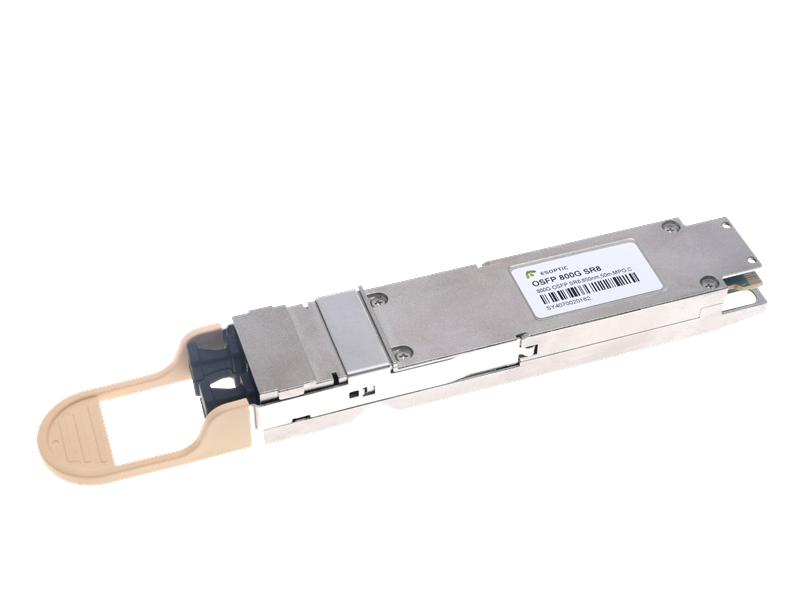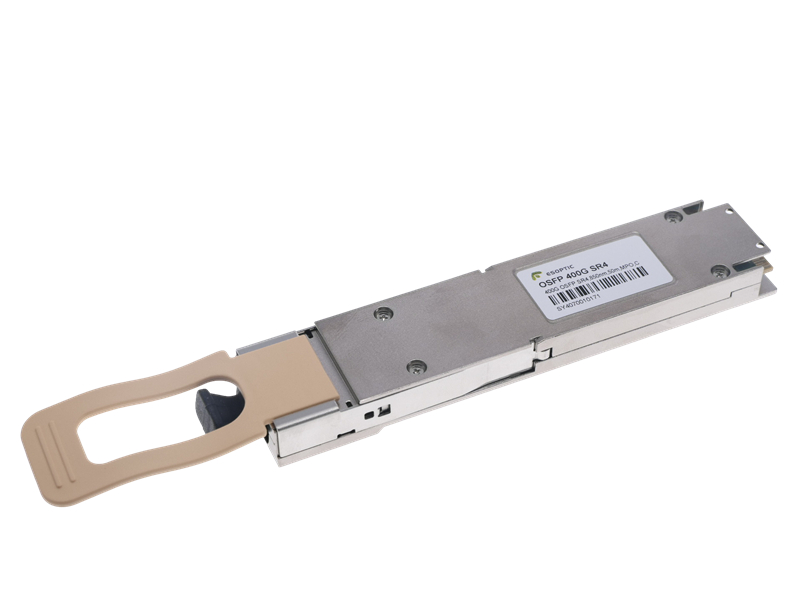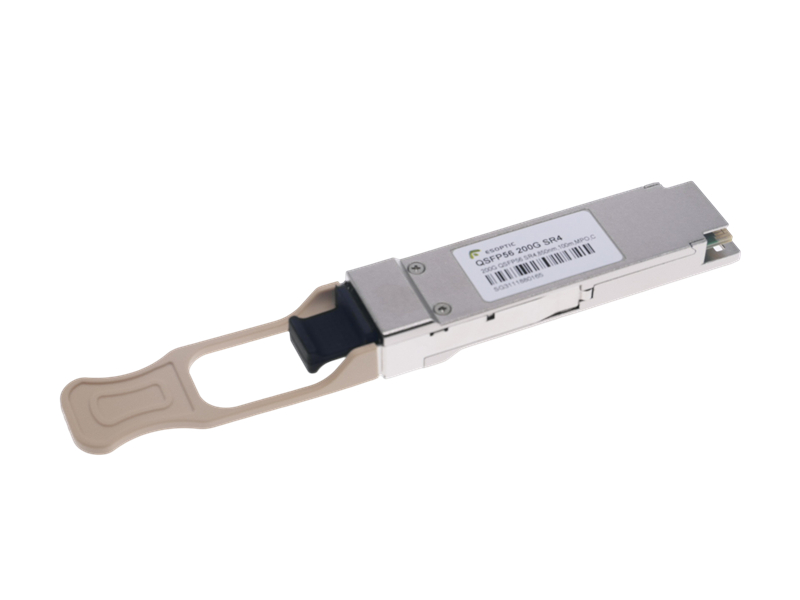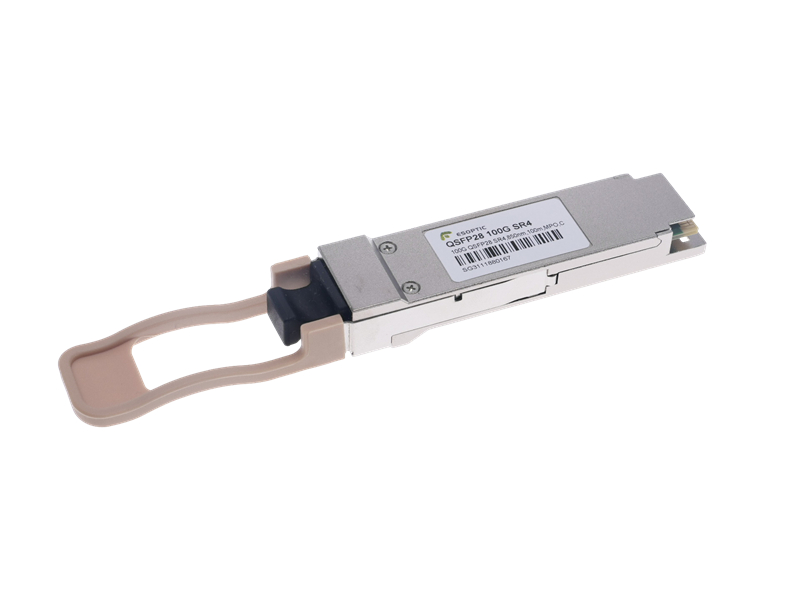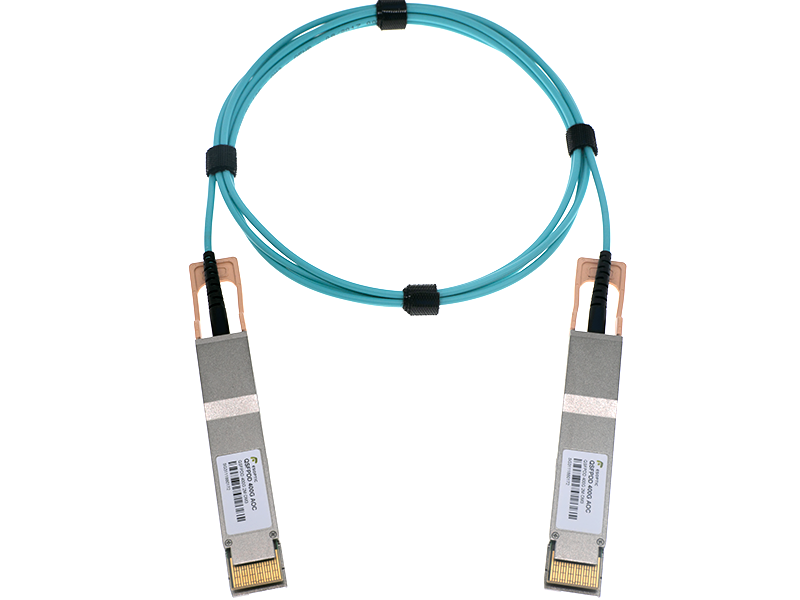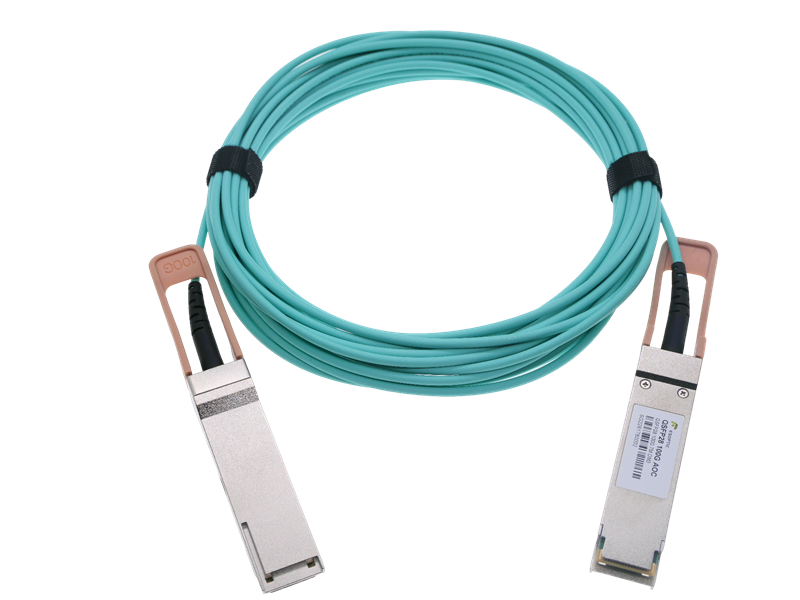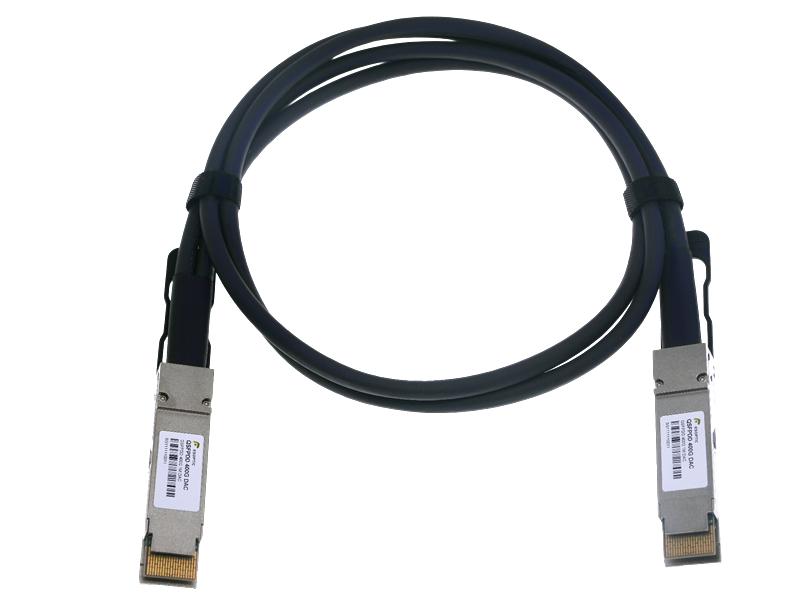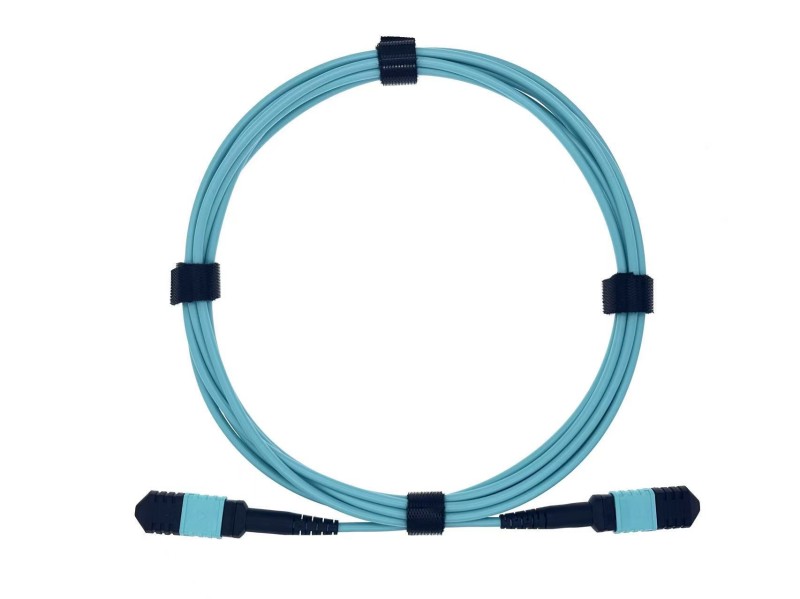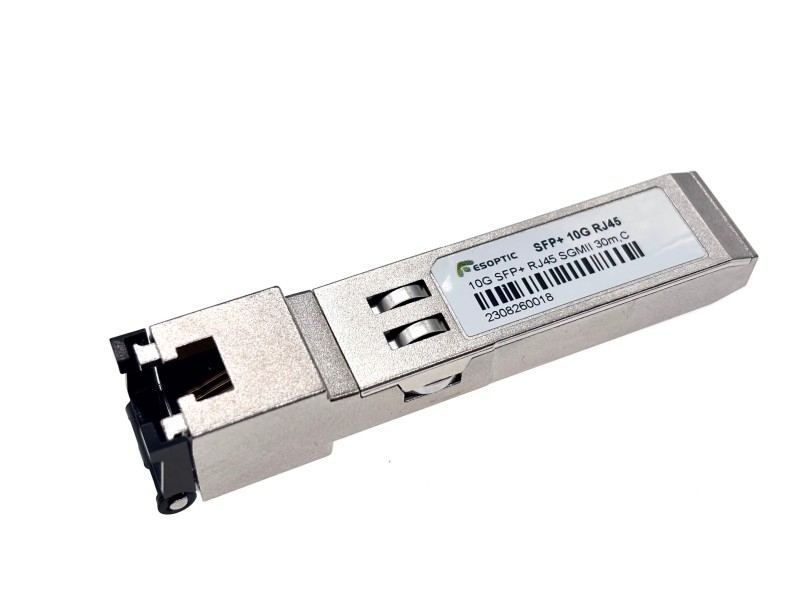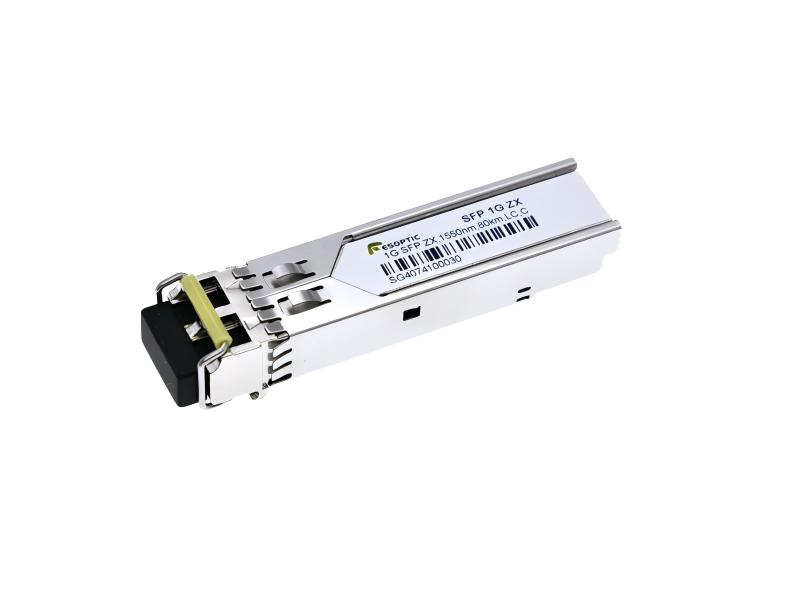In today’s fast-evolving optical communication landscape, PON optical modules and Ethernet optical modules have become essential components in building modern networks. While both are designed for high-speed data transmission, they cater to different applications and infrastructures. In this article, we’ll break down the key differences between these two types of optical modules, helping you choose the right one for your network architecture.
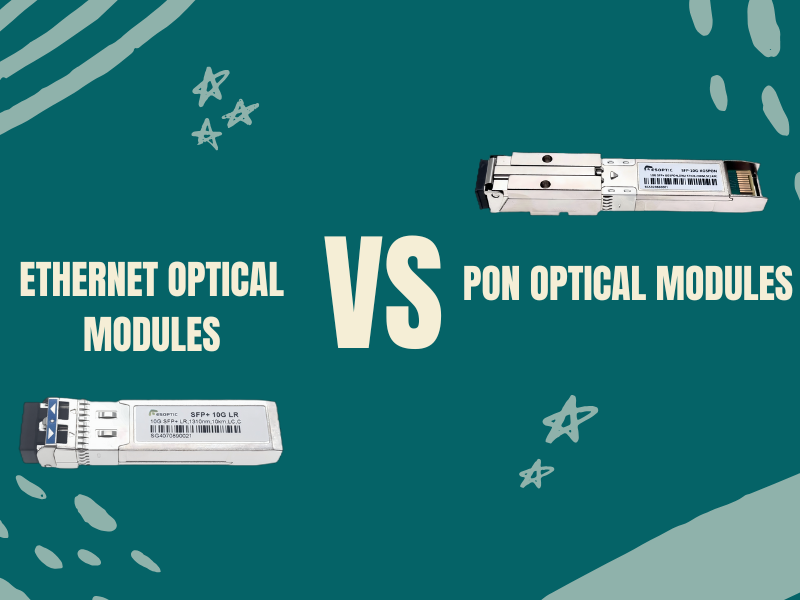
What Are PON Optical Modules?
PON optical modules (Passive Optical Network modules) are primarily used in FTTx deployments, where a single fiber line can serve multiple endpoints through passive splitters. They are ideal for broadband access in residential areas, enterprise networks, and metro networks.
These modules are classified based on their function at either the central office (OLT) or the customer side (ONU). Standards include GPON, XG-PON, XGS-PON, and NG-PON2, each offering improved speeds and performance for growing bandwidth demands.
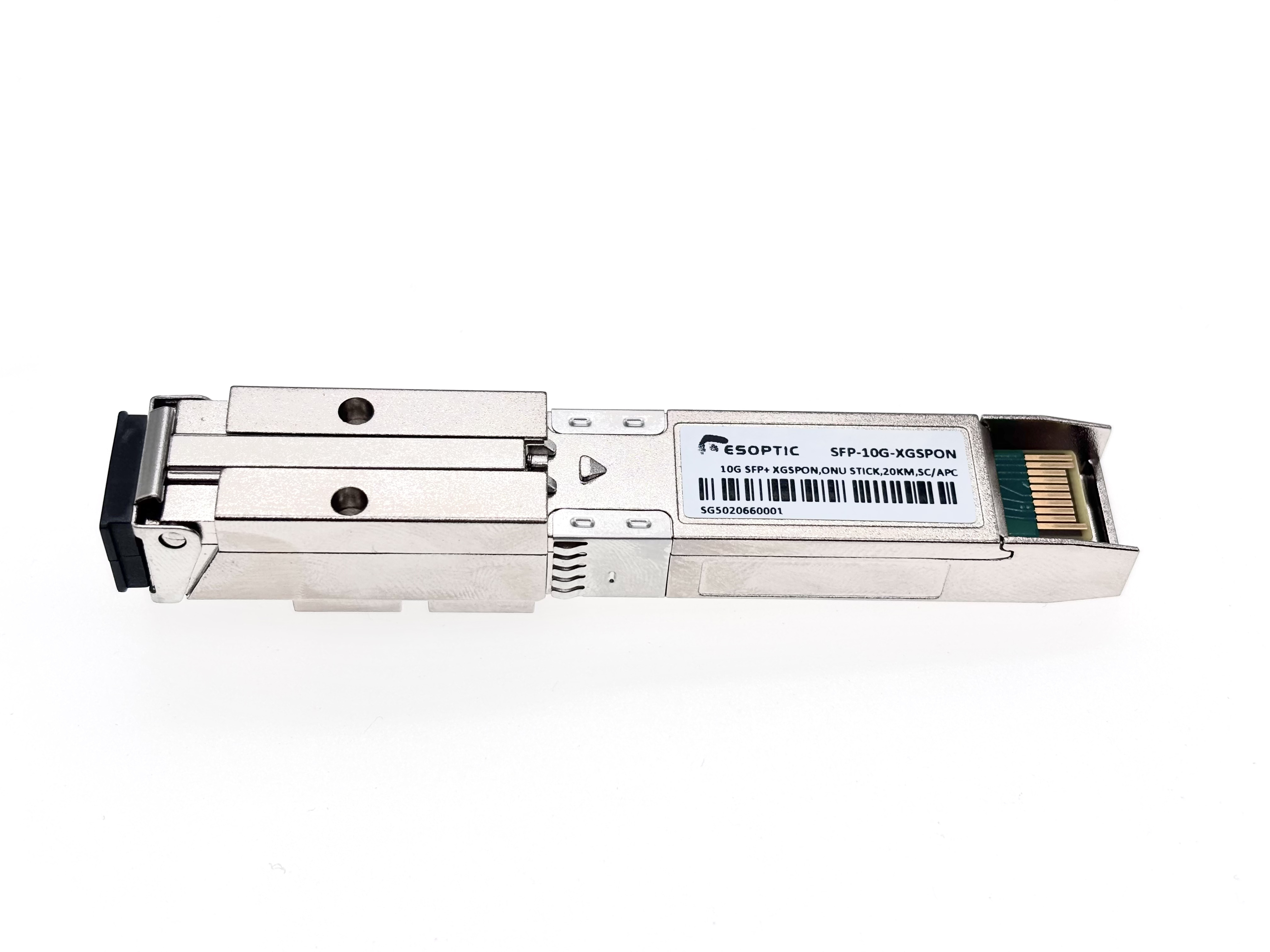
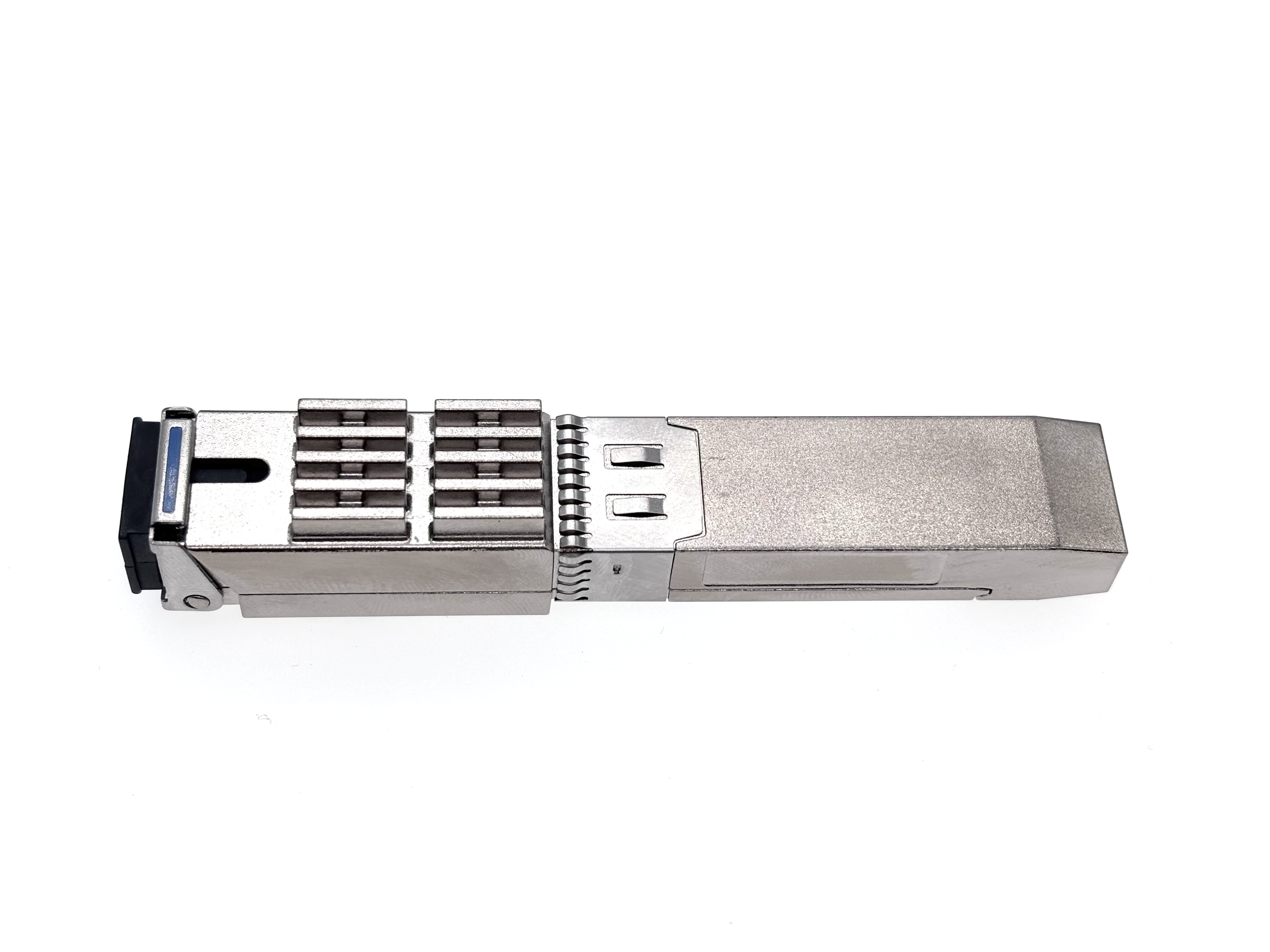
Applications of Ethernet Optical Modules
Ethernet optical modules, on the other hand, are commonly used in data centers, enterprise backbones, and carrier networks for point-to-point communication. These modules come in various form factors—such as SFP, SFP+, QSFP+, QSFP28, and QSFP-DD—supporting data rates from 1G to 800G.
Known for their plug-and-play capability and broad compatibility, Ethernet optical modules are ideal for high-throughput, low-latency environments like cloud computing, AI infrastructure, and server interconnects.
Key Differences Between PON and Ethernet Optical Modules
Network Topology
PON modules operate in a point-to-multipoint setup using passive splitters, allowing one fiber to connect to multiple users. Ethernet modules support point-to-point connections, making them ideal for dedicated high-bandwidth links.
Cost and Deployment
PON optical modules offer a cost-effective solution for large-scale user access. Ethernet optical modules, while typically more expensive, provide robust, high-performance connectivity with lower latency.
Use Cases
PON is best suited for home broadband, multi-tenant buildings, and community access networks. Ethernet modules excel in high-capacity data center environments and enterprise backbones requiring fast, stable connections.
How to Choose the Right Optical Module?
The choice between PON optical modules and Ethernet optical modules largely depends on your network’s architecture and performance requirements. For FTTx or metro access projects, GPON or XGS-PON modules are ideal. For high-speed interconnects in data centers or between servers, consider using QSFP28 or QSFP-DD Ethernet modules.
FAQ: PON vs. Ethernet Optical Modules
Q1: Can a PON optical module be used in Ethernet equipment?
A1: No. PON and Ethernet modules follow different protocols and are not directly compatible.
Q2: Do Ethernet modules support long-distance transmission?
A2: Yes. Many Ethernet modules support long-range (LR), extended-range (ER), and even ultra-long-range transmissions depending on the model.
Q3: Are third-party optical modules compatible with all devices?
A3: Not always. Compatibility depends on the switch or router brand. It's best to check with your equipment vendor or use certified modules.
Q4: Which is better for home networking—PON or Ethernet?
A4: PON optical modules are generally better for residential broadband via FTTH due to their cost-efficiency and scalability.
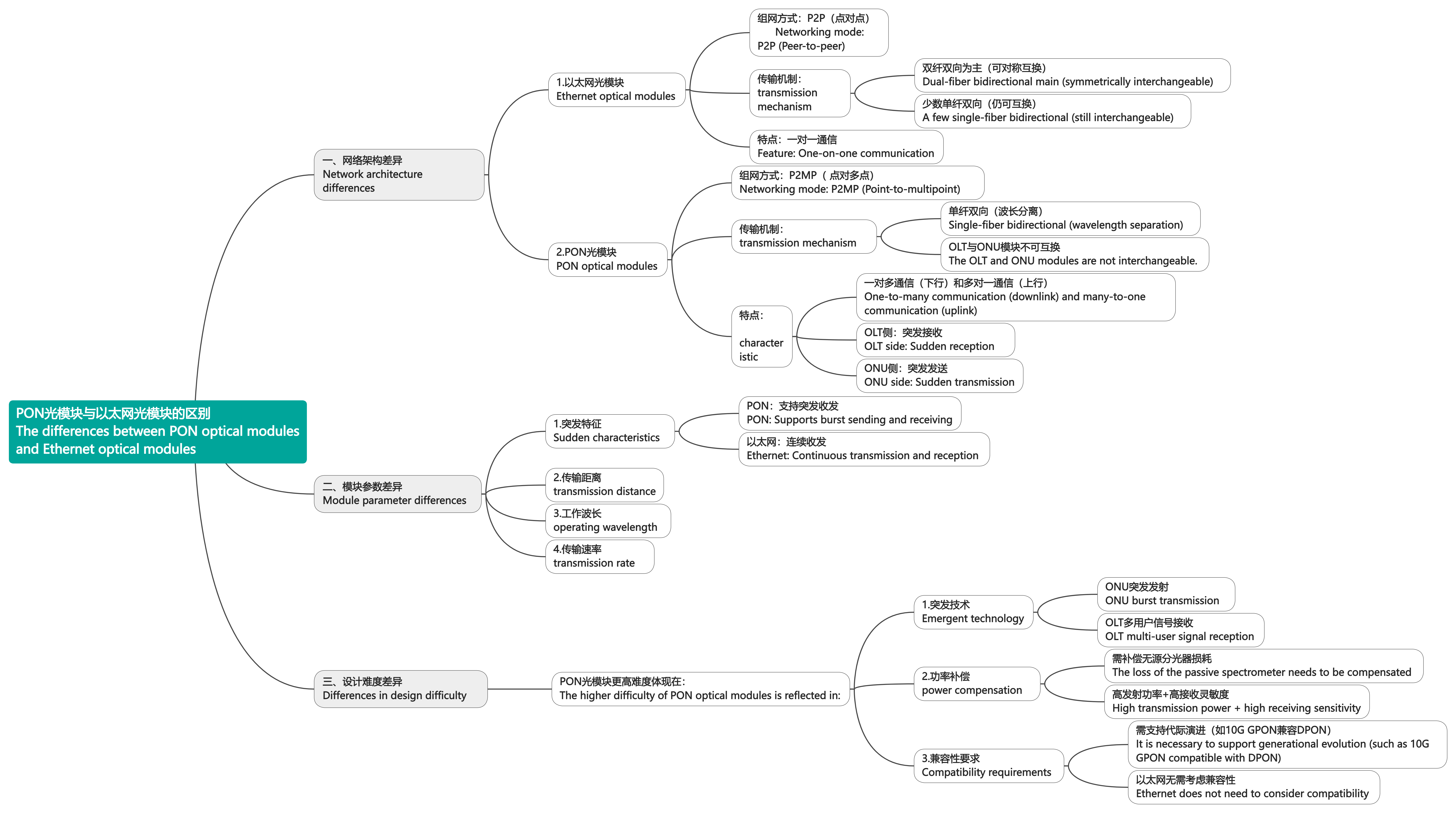
Whether you're building an access network for a large community or upgrading a high-performance data center, understanding the roles of PON optical modules and Ethernet optical modules is key to making the right technical decisions. Both play crucial roles in shaping the future of connectivity—choose wisely to ensure your network runs at full speed with minimal downtime.


